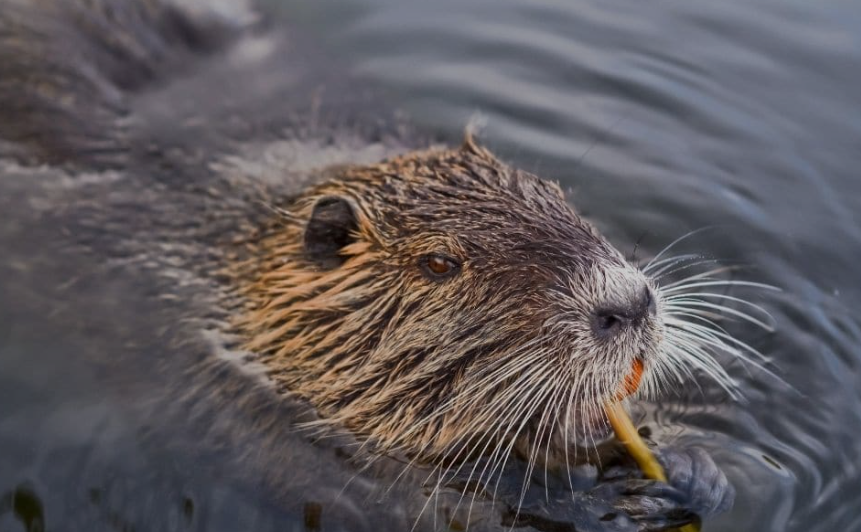
Beavers are large, semi-aquatic rodents known for their impressive dam-building abilities and significant impact on freshwater ecosystems. They belong to the genus Castor and are divided primarily into two recognized species: the North American beaver (Castor canadensis) and the Eurasian beaver (Castor fiber). Both species share similar characteristics such as flattened tails, webbed hind feet, sharp incisors, and a thick waterproof coat, but they differ in distribution, size, and some behavioral traits.
North American Beaver (Castor canadensis)
Native to North America, this species ranges across Canada, the United States, and northern Mexico. North American beavers are slightly larger than their Eurasian counterparts, with adults weighing between 16 to 32 kilograms (35–70 pounds). They are renowned for building large lodges and dams that can dramatically alter local waterways, creating ponds that benefit many other species. Their fur was highly prized during the fur trade era.
Eurasian Beaver (Castor fiber)
Found across Europe and parts of Asia, the Eurasian beaver is slightly smaller, generally weighing between 11 to 30 kilograms (24–66 pounds). Historically overhunted for fur, meat, and castoreum, this species has been reintroduced to many regions through conservation programs. Eurasian beavers tend to build smaller dams than North American beavers, and their lodges are often located in slower-moving waters.
While these are the two main recognized species, researchers have identified various subspecies of each, adapted to specific regions. For instance, North American beavers include subspecies such as the Canadian beaver (C. c. canadensis) and the Rocky Mountain beaver (C. c. albicus), though some are debated taxonomically. Eurasian beavers have subspecies like the Norwegian beaver (C. f. fiber) and the Siberian beaver (C. f. birulai), which are differentiated mainly by size, fur density, and geographic range.
Beavers are primarily herbivorous, feeding on tree bark, leaves, aquatic plants, and shrubs. Their dietary preferences can vary by species and habitat. North American beavers often favor aspen, willow, and birch, while Eurasian beavers may feed on alder, poplar, and willow. Their feeding habits, combined with their dam-building behavior, make them ecosystem engineers, capable of creating wetlands that support diverse plant and animal communities.
Beavers also differ in social and territorial behavior. North American beavers typically establish family colonies with a dominant breeding pair and their offspring, maintaining extensive territories along rivers and streams. Eurasian beavers exhibit similar social structures but sometimes demonstrate more solitary tendencies, especially in newly reintroduced populations. Both species communicate using scent markings, vocalizations, and tail slapping to warn of danger.